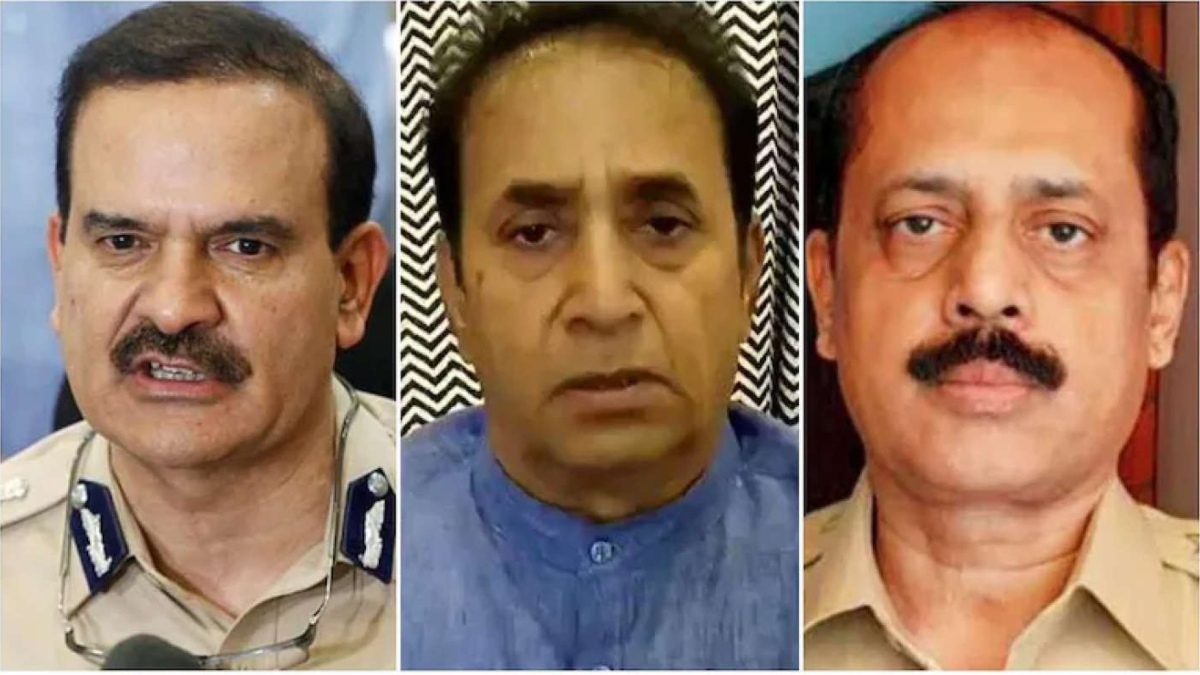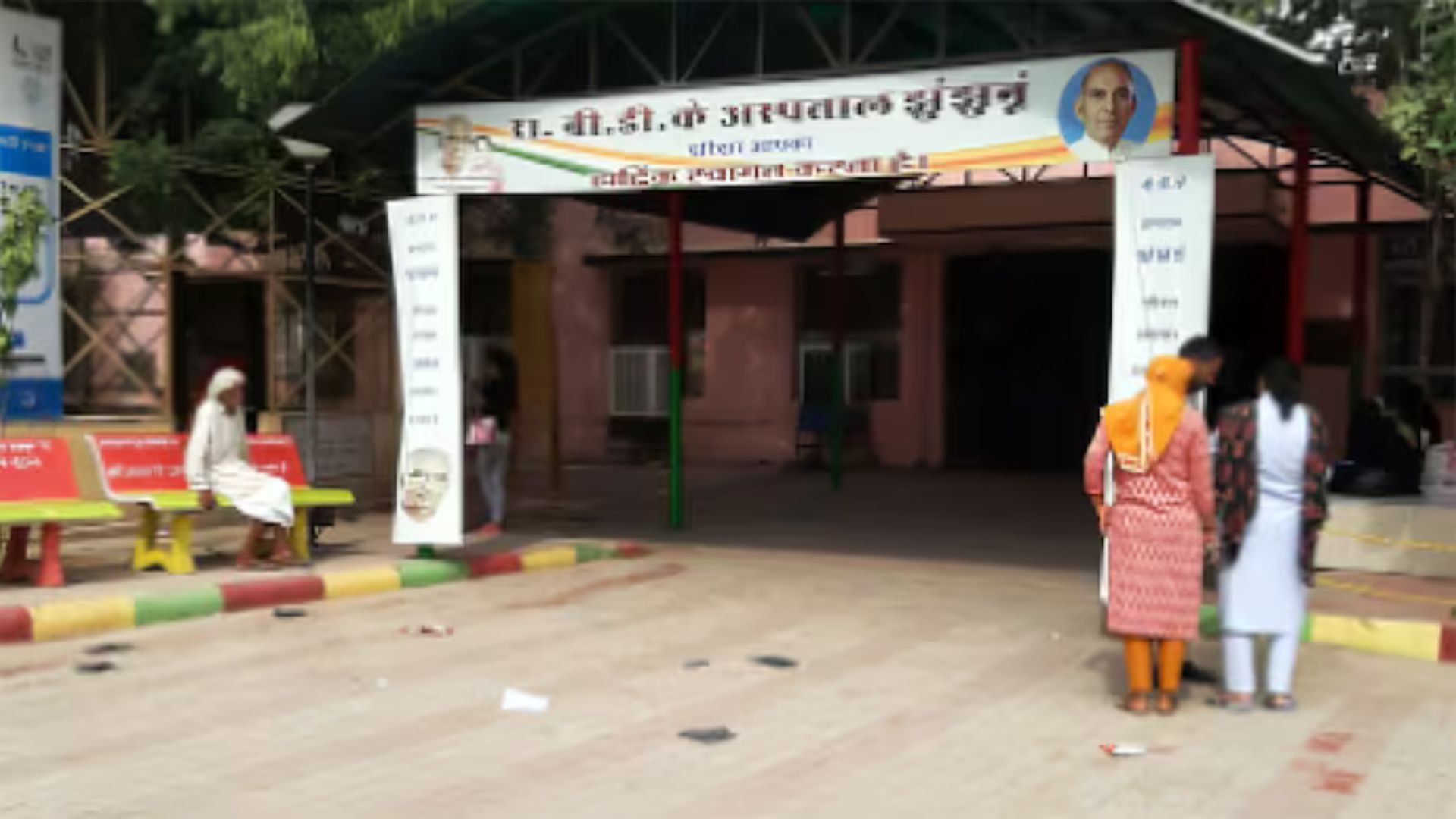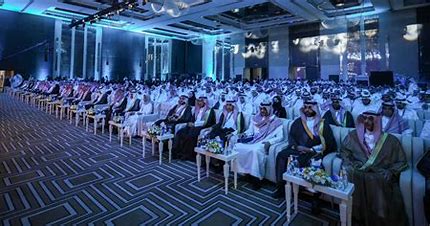
Former Mumbai Police Commissioner Param Bir Singh recently moved the Supreme Court seeking a CBI probe into the alleged corrupt practices followed by his erstwhile super boss, the Home Minister of Maharashtra, Anil Deshmukh. He alleged that the minister had called meetings with some of the officers reporting to him, at his residence, and given them a target of collecting Rs 100 crore every month from individuals and establishments such as hotels, restaurants, bars and shops. This is the story of just a few cops in Mumbai, leaving other departments in Mumbai and the rest of Maharashtra aside.
Transparency International, a global watchdog for corruption ranked India the 86th most corrupt country in 2020, out of 179 countries, according to perceived levels of public sector corruption, as determined by expert assessments and opinion surveys.
In our system of governance, deviants and criminals manage to move up the echelons of political or even bureaucratic power because the state apparatus and its appendages, meant to arrest and nip corruption in the bud, are not geared to do so. Once the corrupt come to occupy positions of power, they also tend to manipulate laws and policies, and ensure that oversight of institutions such as the police is carried out in accordance with their interests. In such a scenario, forms of corruption get institutionalised, leading to wholesale criminalisation of the state with disastrous consequences for the public at large.
The ‘Vazegate’ scandal is an example of such a scenario. Addressing corruption in the public sphere is therefore essential to ensure the legitimacy of the state, maintain public order and the rule of law, and maintain public trust in the state and its institutions. To achieve that, it’s imperative that the structures and institutions established to curb corruption have proper physical and human resource infrastructure, proper mentoring, motivation and recognition, and of course regular training of the personnel in new and emerging investigation procedures, including the use of ever-evolving IT tools.
How the technological breakthrough of DNA fingerprinting heralded a new paradigm in investigating heinous crimes may remind us not to neglect the whole new array of tools and apps that are commonplace in other walks of contemporary life. What had originally emerged as a method used to distinguish an individual from another, using a sample of one’s DNA’s unique patterns, was first employed in a criminal investigation in 1987 by the British police. This technique was developed in 1985 in the laboratory of the University of Leicester, Great Britain, just a few miles off the scene of the crime, where two teenage girls had been raped and murdered by a serial killer. The police had rounded up a 17-year-old mentally challenged boy, as the main suspect. However, DNA sampling not only proved the boy innocent, but also led to the real culprit, thus preventing a grave miscarriage of justice. Soon the investigative potential of the technique was recognised and rapidly embraced by police forces around the world, leading to the conviction of perhaps tens of thousands of criminals over the world.
By law, every state government in India has established anti-corruption bureaus or vigilance directorates. These bureaus/directorates have the express mandate to work for preventive vigilance apart from probing matters relating to corruption in the public sphere. This is where the latest in IT and science needs to find its way through the tools and techniques for intelligence gathering and investigative procedures that are swift, sure and empirically verifiable. A legal framework through the acts of 1860 and 1988 is already in place. What is required now is the enforcement of these laws in spirit and not just in letter. This can only come through when dedicated agencies like the state ACBs or the CBI and others are guided and led by leaders who are true professionals and empathetic in equal measure, ready to be guided by the core ideals of the Constitution of India, to which they take the oath of allegiance upon joining the public service.
We started off with Mumbai and Maharashtra. The other part of the former state of Bombay, now called Gujarat, makes for an interesting reference point. The Anti-Corruption Bureau (ACB), Gujarat, during recent years, under the continuous and sustained leadership of its head, has displayed a never heard of 75% conviction rate. It had begun at just around 16% five years ago. Not only did the number of cases where the agency intervened increase substantially year on year, the conviction rates before the courts also jumped steadily through 25%, 41% to 75% on a year-to-year basis by 2020. The Gujarat agency caught on to the major factor of the delay between registering a case and the actual filing of a chargesheet before the court of law. By and large the law mandates a maximum of 90 days, however, the officers/offices all over India take much more time to do so. Ironically, no accountability is fixed here, which gives the accused and the witnesses a lot of time for ‘imagination’ and avoidance.
The Gujarat ACB during the last two years registered about 225 cases per year, on an average, and succeeded in filing chargesheets in all cases within the stipulated period of 90 days. Constant monitoring, motivation, use of information technology, and an awareness drive through the media and word of mouth have helped the agency look at the menace in the eye. The focus of the agency on watertight evidence backed by using forensic science methodologies along with use of IT for information gathering, corroboration, and more importantly, monitoring by developing an in-house app has been the cornerstone of its working and efficacy. For example, an input about misappropriation of funds in the construction of johads, or farm tanks for irrigation, in the state was followed by geological mapping to find whether any such tanks were actually being dug and figure out how crores of rupees for the purpose were going missing. Apart from using DNA fingerprinting, the agency extensively uses layered voice analysis that uses the accused’s voice modulation to catch whether the accused is fibbing.
The agency also uses the services of officers in government departments being probed, like the state PWD, land registration offices, banks and RTOs, to unearth benami properties, and engages a panel of lawyers and chartered accountants to verify financial transactions. The agency’s model of training and using interns from forensic sciences and law universities and students of other sciences like IT could be upscaled at the national level to support investigations besides professionally orienting university students and scholars. One of the landmark judgements of the Supreme Court, whereby the apex court widened the scope of the definition of “Public Servant”, was a result of a criminal case registered by the Anti-Corruption Bureau Gujarat, vide Prevention of Corruption Act, against the Trustee of Sumandeep Vidyapeeth, a Deemed to be University in Vadodara. The judgment is liable to be used by all states and the CBI at the national level.
The work done by the Gujarat ACB could lead us to the structural, procedural and systemic changes required to bring a pan-India change so that the country moves up the ladder in Transparency International’s rankings, notwithstanding how much we value such foreign agencies, their methodologies and motivations.















